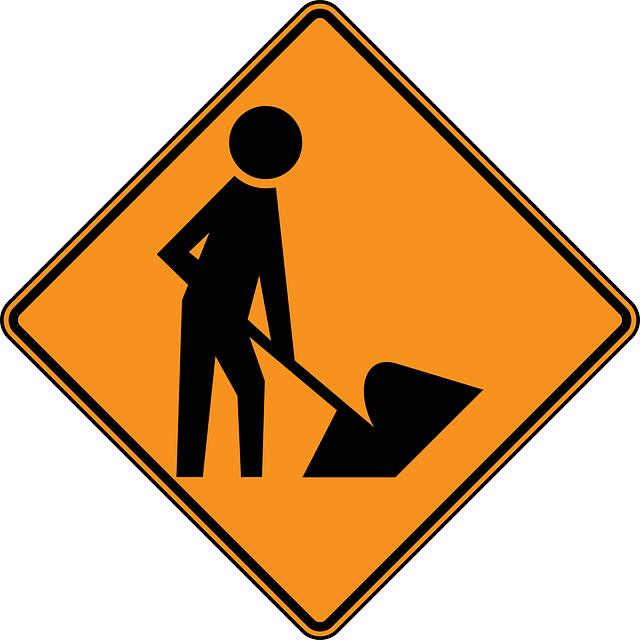In construction and renovation, subsurface utility detection using technologies like GPR and EM is crucial for safety, cost avoidance, and efficient project management. Traditional manual methods are time-consuming and error-prone, leading to costly delays and safety hazards. Modern innovations like GPR provide detailed real-time subsurface images, streamlining planning and excavation. Adhering to best practices, including thorough planning and coordination with utility companies, ensures safe excavation and minimizes disruptions caused by unforeseen underground obstructions. Implementing subsurface utility detection is a vital step towards prioritizing safety and preventing costly project delays in urban areas.
In the dynamic realm of construction and renovation, precision is key to successful project completion. As projects grow in complexity, understanding and navigating the intricate beneath-the-surface landscape becomes crucial. This article delves into the vital role of subsurface utility detection, exploring its significance, the challenges it overcomes, and the cutting-edge technologies revolutionizing this critical process. By implementing best practices, construction professionals can ensure safety, minimize disruptions, and enhance overall project efficiency through accurate subsurface utility detection.
Understanding the Importance of Subsurface Utility Detection
In the realm of construction and renovation, where precision is paramount, one often overlooked yet critical aspect is the thorough understanding and mapping of underground utilities. Subsurface utility detection plays a pivotal role in ensuring safety, avoiding costly disruptions, and promoting efficient project management. By employing advanced technologies such as ground-penetrating radar (GPR) and electromagnetic location (EM), professionals can accurately identify pipes, cables, and other buried infrastructure before excavation begins.
This proactive approach allows contractors to navigate the underground landscape with confidence, minimizing the risk of striking vital utilities during construction activities. Accurate subsurface utility detection not only prevents damage to essential services but also saves time and money by streamlining project timelines and reducing unexpected delays caused by utility relocations.
Challenges in Traditional Construction and Renovation Projects
Construction and renovation projects often face significant challenges, especially in urban areas where buildings are close together. One of the most pressing issues is navigating the complex web of subsurface utilities, such as water, gas, and electric lines. Accidental damage to these critical infrastructure elements can result in costly delays, safety hazards, and environmental concerns. Traditional methods rely heavily on manual excavation, which is time-consuming, labor-intensive, and prone to human error.
Additionally, traditional construction practices struggle to keep pace with the evolving demand for smart buildings and sustainable design. Integrating new technologies, like renewable energy systems and advanced surveillance, requires precise planning and expertise. The need for accurate subsurface data and real-time monitoring is more essential than ever, driving the industry towards innovative solutions that prioritize safety, efficiency, and sustainability in construction and renovation projects.
Innovations in Technology for Precise Subsurface Utility Detection
The construction and renovation industries have seen a significant transformation due to technological advancements, particularly in the realm of precise subsurface utility detection. Traditional methods of locating underground utilities often relied on time-consuming hand digging or invasive ground penetration methods, posing potential risks to workers and nearby structures. However, modern innovations have revolutionized this process.
One such game-changer is Ground Penetrating Radar (GPR). This technology uses electromagnetic waves to create detailed images of the subsurface, allowing professionals to accurately detect pipes, cables, and other utilities without causing damage. With its ability to provide real-time data, GPR enables efficient project planning and safe excavation. Additionally, advanced software solutions integrate with GPR systems, enhancing data analysis and interpretation, ultimately streamlining the entire subsurface utility detection process.
Best Practices for Implementing Subsurface Utility Detection in Construction and Renovation
Implementing subsurface utility detection is a critical best practice for any construction or renovation project, ensuring safety and avoiding costly disruptions. The process involves utilizing advanced technologies like ground-penetrating radar (GPR) and electromagnetic location (EM) to accurately map underground utilities before excavation begins. These non-invasive methods provide detailed images of the subsurface, allowing contractors to identify pipes, cables, and other critical infrastructure with precision.
Adhering to established guidelines for subsurface utility detection is essential. This includes thorough planning, where project managers coordinate with utility companies to obtain accurate information about existing utilities. During excavation, it’s crucial to maintain a safe distance from detected utilities and follow strict protocols to prevent damage or disruptions. Regular inspections and updates to the utility map throughout the project lifecycle also ensure that all parties involved remain informed, minimizing risks and delays associated with unforeseen underground obstructions.
In light of the above discussions, it’s clear that incorporating precise subsurface utility detection is no longer an option but a necessity in modern construction and renovation projects. By understanding the critical role of this technology, addressing traditional challenges head-on, and adopting best practices, industry professionals can ensure safer, more efficient, and environmentally conscious projects. This innovative approach to subsurface utility detection is revolutionizing the landscape of construction, fostering better outcomes and setting a new standard for the future of these endeavors.
